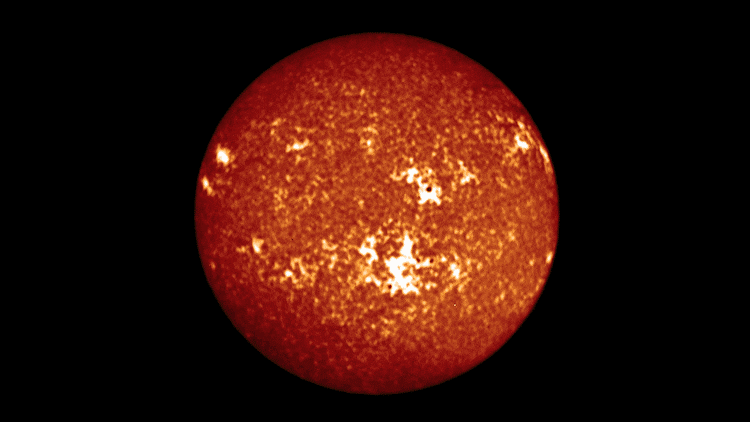As the year 2023 draws to a close, India has marked its calendar with a series of groundbreaking achievements in the realm of science and technology.
From the successful lunar mission Chandrayaan-3 to the pioneering solar research through the Aditya-L1 mission, scientists and engineers have demonstrated India’s growing prowess and commitment to scientific exploration and innovation.
Here’s a recap of India’s giant leaps in the field of science in 2023.

CHANDRAYAAN-3’S GIANT LEAP ON THE MOON
Chandrayaan-3, India’s ambitious lunar lander, made headlines worldwide when it successfully reached the south polar region of the Moon in July 2023. The mission, which cost a mere $75 million, not only positioned India as a major player in space exploration but also showcased the country’s ability to execute complex space missions economically.
The lander’s journey to the Moon was meticulously planned, with its orbit insertion being a testament to the precision and expertise of the Indian Space Research Organisation (Isro). The spacecraft achieved an orbit of 164 km x 18074 km, followed by a translunar orbit of 288 km x 369328 km, as intended.
Despite facing challenges, the mission’s success was attributed to the relentless efforts of Isro’s scientists and their ability to learn from past failures. It landed and conducted experiments on the surface of the Moon.
With the successful mission, India became the first country to land a spacecraft in the Moon’s South Pole region.

ADITYA-L1’S RISE TO UNRAVEL THE SUN
Following the lunar feat, Isro’s focus shifted toward the Sun with the launch of the Aditya-L1 mission on September 2.
This mission marked a significant milestone in solar research as it captured its first high-energy solar flare using the High Energy L1 Orbiting X-ray Spectrometer (HEL1OS).
Developed by the Space Astronomy Group at ISRO’s UR Rao Satellite Centre in Bengaluru, HEL1OS is designed to monitor high-energy X-ray activity from the Sun. During its initial observation phase, the instrument recorded data consistent with the National Oceanic and Atmospheric Administration’s Geostationary Operational Environmental Satellites (NOAA’s GOES), confirming the reliability of its findings.
It will reach its destination, Lagrange Point 1on January 6, 2024.

AI MAKES A BIG SPLASH
Indian researchers made significant strides in developing AI-powered tools for healthcare applications. An AI system developed by the Indian Institute of Science, Bangalore, achieved promising results in early-stage detection of lung cancer, showing potential for improving diagnosis and treatment outcomes.
Additionally, researchers at IIT Jodhpur created an AI platform to predict the risk of diabetes-related complications, paving the way for personalized preventive care.
The National Association of Software and Service Companies (NASSCOM) predicts that the AI in Healthcare Market will grow from $14.6 billion in 2023 to $102.7 billion by 2028. This growth is expected to contribute significantly to India’s GDP, highlighting the potential of AI in revolutionizing the healthcare industry.
INDIA JOINS ARTEMIS ACCORDS
India’s commitment to international collaboration in space exploration was further solidified with the signing of the Artemis Accords.
By becoming a signatory, India joined a global effort to establish a practical set of principles guiding space exploration cooperation among nations. This move aligns with India’s eagerness to participate in lunar exploration missions and work alongside countries like the United States on future Moon missions.
The accords also paved the way for a collaboration between Nasa and Isro to send an Indian astronaut to the International Space Station.
ADVANCING SOLAR TECH
India’s National Renewable Energy Laboratory has been making progress in solar cell technology, contributing to the nation’s push towards renewable energy sources. Highly efficient solar cell technology using perovskite materials, potentially bringing us closer to affordable and widespread solar energy production.
Additionally, significant progress was made in developing lithium-ion battery technologies with longer lifespans and faster charging times, crucial for electric vehicles and renewable energy storage.
As we reflect on the year gone by, it is evident that India’s scientific community has not only achieved impressive milestones but has also laid the groundwork for future innovations in 2024.
Tune In






